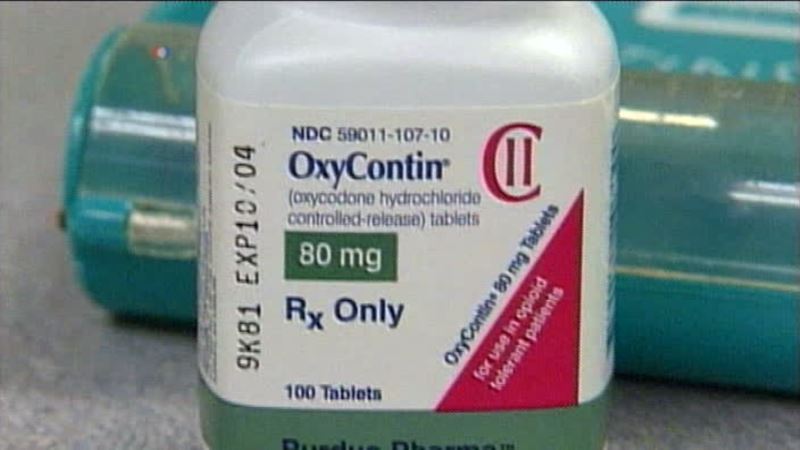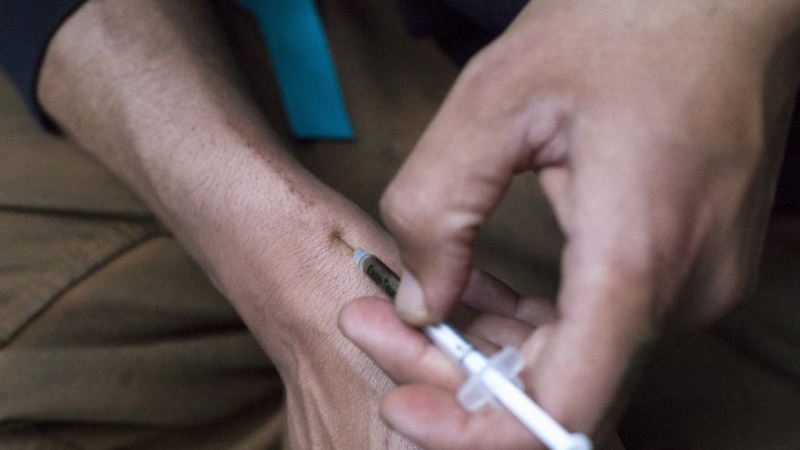For decades, U.S. life expectancy has been rising. In 1950, most Americans could expect to celebrate their 68th birthday. In 2014, most Americans could expect to celebrate their 78th, and live at least another 10 months beyond that. But in 2015 life expectancy dipped by a month, according to data from the U.S. Centers for Disease Control and Prevention, which tracks these things. The last time the CDC saw a decline in 1993 due to the AIDS epidemic in the United States. It also declined in 1990, during a particularly lethal flu epidemic. Dr. Tom Frieden, who heads the agency, says this drop could be the start of a trend. "In terms of life expectancy, generally, there are some year-to-year changes, but what we’re seeing is a gradual stall in the long-lasting decline in heart attacks and strokes," Frieden said. The CDC report didn't say what caused the slight decrease in life expectancy, but obesity may be a cause. Statistics show that two out of three adults in the United states are overweight or obese. The risk for heart disease and stroke increase with age, but heart disease is largely preventable. Following a healthy lifestyle, eating plenty of fruits and vegetables, maintaining a healthy weight, keeping blood pressure and cholesterol under control, coupled with regular exercise, and of course, not smoking, can prevent heart disease and reduce the risk of stroke. A healthy lifestyle also reduces the risk of diabetes, another top killer. Frieden said there's still another factor in the decline in life expectancy, deaths from opiate overdose. CDC data show deaths from prescription opioids quadrupled in less than 20 years. More than 183,000 people have died in the United States from overdoses related to prescription opioids since 1999. Addiction to prescription opioids has caused people to turn to cheaper narcotics like heroin and fentanyl, a synthetic opioid that is similar to morphine but 50 to 100 times more potent. The CDC reports heroin use has more than doubled in the past decade and with that a huge spike in heroin-related deaths. Frieden told VOA, "To reverse that increase, we need to improve the management of both pain and addiction, and law enforcement needs to make illicit drugs less available, more expensive, harder to get, and all of that is important to reverse what has been a terrible epidemic of opiate abuse, addiction and death." Death rates among Americans also increased for chronic lower lung disease, accidental injuries, stroke, Alzheimer's disease, diabetes, kidney disease and suicide. The CDC report did not break down the deaths based on wealth, education or geography, but other research shows poor, less-educated people, especially those in rural areas, are more likely to die at a younger age than their wealthier, more educated contemporaries. Researchers agree the important thing is to find out why this is happening and who is at greater risk of dying early. The World Health Organization says prescription opioid addiction is increasing globally. And, while life expectancy is rising in most counties, obesity has more than doubled since 1980, putting more people at risk of heart attack and stroke. Kane Farabaugh contributed to this report.
Opioid Overdose Deaths One Reason for Decline in US Life Expectancy






